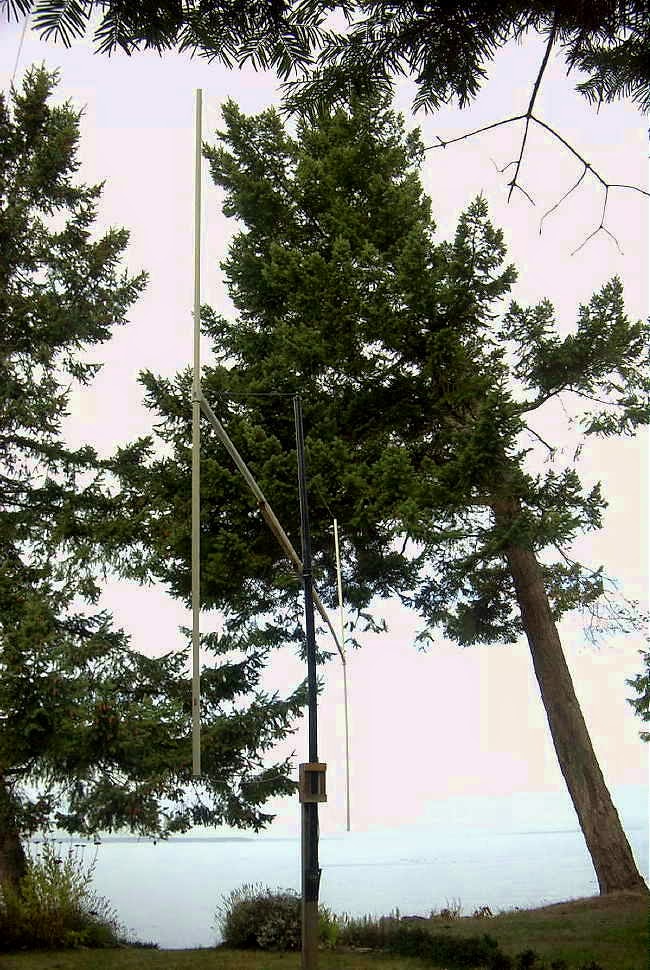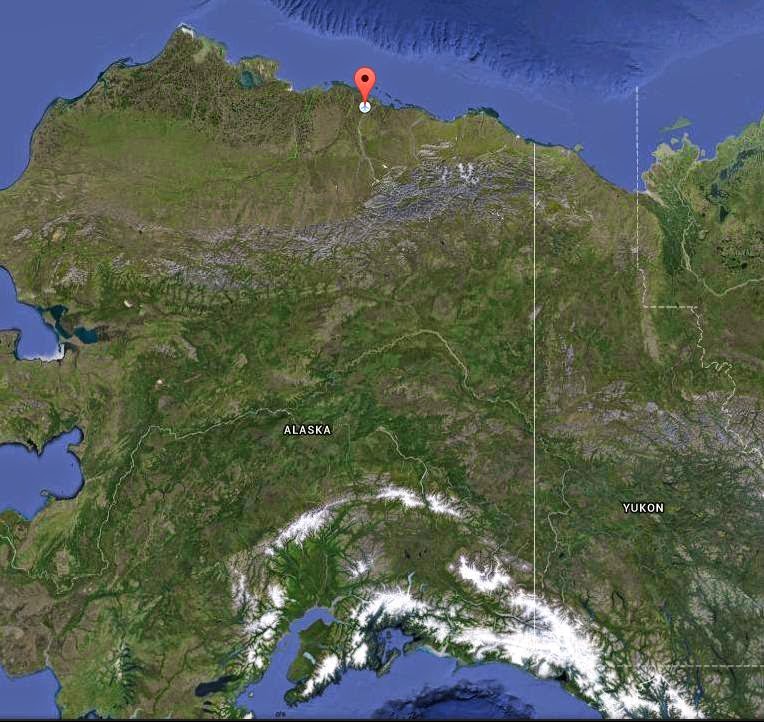 Loop..Perseus..and CLE188
Loop..Perseus..and CLE188
 |
| 10' x 20' LF Loop |
As is usually the case, conditions deteriorated rapidly as the CLE weekend approached. Conditions varied throughout North America as those listening from the south-eastern regions of the U.S. reported much better propagation than those further to the northwest. Friday night appeared to be the best of the lot but all three nights were very much less than stellar.
The three-night event produced a total of 39 NDBs, with a couple of surprises.
DD UTC kHz Call mi Location
----------------------------------------------------------
22 05:00 370 YBV 1169 Berens River Apt, MB, CAN
22 06:59 370 OUN 1611 UoOk Westheimer Apt, OK, USA
22 05:00 371 YK 211 Yakima, WA, USA
23 09:00 371 PUR 1629 Marshall, MO, USA
22 05:00 371 ITU 558 Great Falls, MT, USA
22 05:00 371 GW 1946 Kuujjuarapik, QC, CAN
22 05:00 372 ZPA 824 Prince Albert, SK, CAN
22 05:00 372 YCO 1340 Coppermine, NU, CAN
22 05:12 372 FPN 675 Petersburg, ALS
22 07:00 373 TF 1191 Pueblo Mem Apt, CO, USA
22 05:00 373 MF 444 Table Rock, OR, USA
22 05:00 374 LV 776 Livermore, CA, USA
22 05:00 374 EX 190 Kelowna, BC, CAN
23 09:00 374 EE 1319 Forada, MN, USA
22 05:00 374 BOD 942 Bowman, ND, USA
24 09:59 375 PSN 1854 Palestine, TX, USA
22 05:00 375 FS 896 Fort Simpson, NT, CAN
22 10:59 375 DW 1629 Owasso, OK, USA
22 07:00 375 CP 900 Casper, WY, USA
22 05:00 375 BD 803 Moose Jaw, SK, CAN
22 07:00 376 ZIN 3326 Matthew Town, BAH
22 07:00 376 YAG 1345 Fort Frances, ON, CAN
22 13:59 376 PVQ 1690 Deadhorse, ALS
22 06:59 377 EHA 1350 Elkhart, KS, USA
23 06:59 378 ZFA 1000 Faro Municipal Apt, YT, CAN
22 05:00 378 OT 381 North Bend, OR, USA
22 10:59 379 ZEG 526 Edmonton Intl, AB, CAN
22 05:00 379 YBE 945 Uranium City, SK, CAN
23 12:59 379 IWW 1360 Kenai, ALS
22 09:00 380 OEL 1297 Oakley, KS, USA
22 05:00 380 GC 899 Gillette, WY, USA
22 05:00 382 YPW 86 Powell River, BC, CAN
22 05:00 382 YE 686 Fort Nelson, BC, CAN
22 12:59 382 JNR 1731 Unalakleet, ALS
22 12:00 382 GRN 1522 Guerro Negro, MEX
22 05:00 382 AW 75 Marysville, WA, USA
22 06:59 383 PI 658 Pocatello, ID, USA
22 05:20 383 CNP 1146 Chappell, NE, USA
22 05:00 384 3F 792 Ile-a-la-crosse, SK, CAN
-----------------------------------------------------------------
This particular frequency range (370-384.9kHz) is a tough one for me, since my local pest signal, 'AP' is on 378kHz, smack in the middle of the listening range. 'AP's antenna is just .4 miles (2100') from my antenna and its signal is about 60db over S9.... Very loud!
 |
| AP to me...Courtesy: https://www.google.ca/maps/ |
Using this 'deep null' position, I was (somewhat surprisingly) able to log another Canadian NDB (ZFA Mayo Airprt, Yukon Territory) on the same frequency as AP. The ident-tone modulation frequencies are separated by 10Hz (408Hz vs 418Hz) which was enough to allow the very narrow ~3Hz Perseus filtering, combined with two notch filters, to reveal the 'ZFA' identifier between the 'AP' identifier. Listen for the weak 'ZFA' ident after the loud keying artifacts of 'AP', when they are transmitting just a steady tone.
The other surprise was the logging of 'PVQ' in Deadhorse, Alaska, way up on the extreme northern slope oil fields.
 |
| Courtesy: https://www.google.ca/maps/ |
CLE organizer, Brian Keyte (G3SIA), reports 51 participants worldwide and over 2100 reception reports. All reports have been added to the RNA/REU beacon database.
As well, Brian will be publishing all results on the NDB Information page shortly.
All-in-all CLE188 was another enjoyable event....hopefully conditions will be better by this time next month and if you did not participate, maybe you will give it a try next time!














Hello, I stumbled onto your blog through http://www.amateurradio.com.
I’m lost as to what you are blogging about. What is CLE weekend?
Also, what is: “…produced a total of 39 NDBs”.
Thank you!
Rob W8MRL